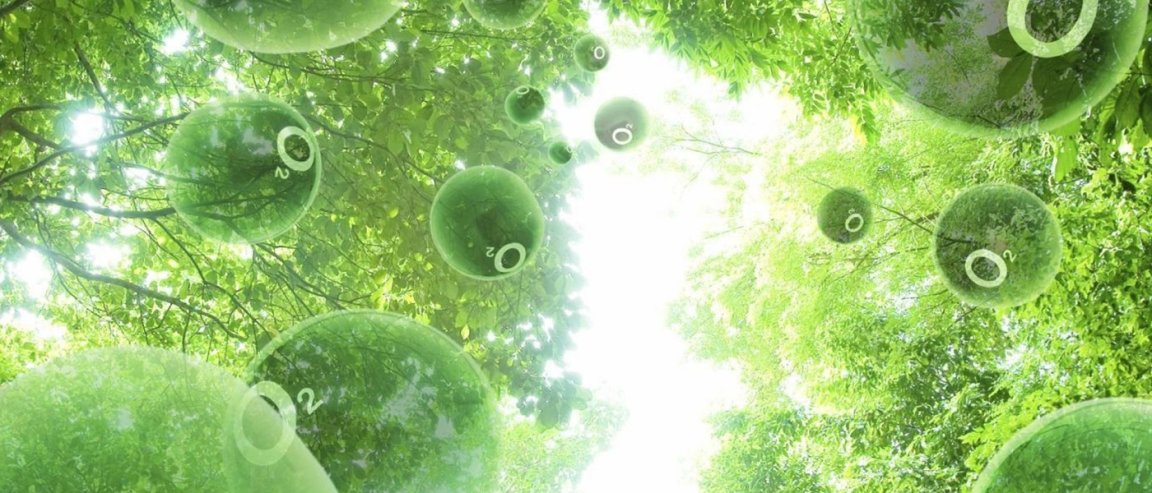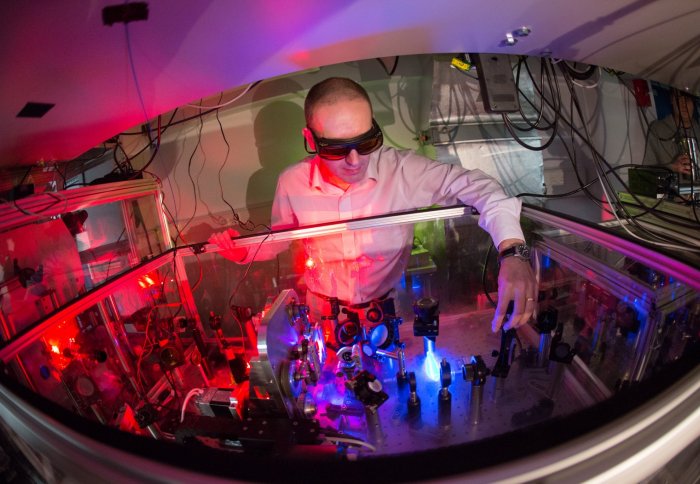
Photosynthesis on Film
With the help of sophisticated lasers and infrared spectroscopy, researchers from Imperial College London have captured the chemical reactions that take place during photosynthesis to show just how fast these processes happen. “We can now see how nature has optimized the physics of converting light energy to fuel,” study author Jasper van Thor said in a news release.
The team’s study was focused on understanding the Photosystem II enzyme reaction. During that part of the photosynthesis process, light energy is used to split water into hydrogen and oxygen. Prior to this study, that process was presumed to be the slowest part of photosynthesis.
The team at Imperial College was able to prove otherwise by creating crystals of the Photosystem II enzyme and shooting them with lasers. By recording the process using infrared spectroscopy, they were able to demonstrate that the Photosystem II enzyme reaction takes place more quickly than the first part of photosynthesis when light is harvested by proteins and chlorophyll molecules.

Looking to Nature for Answers
Not only have the researchers disproven the long-held belief that the harvesting process was faster than the Photosystem II reaction, they’ve also captured the photosynthesis process on film. Given that each process takes place in just picoseconds (trillionths of a second), the “movie” they’ve recorded is no longer than a few nanoseconds (billionths of a second), but that’s long enough to give scientists a better understanding of the photosynthesis process.
“We can now see how nature has optimized the physics of converting light energy to fuel, and can probe this process using our new technique of ultrafast crystal measurements,” said van Thor. “For example, is it important that the bottleneck occurs at this stage, in order to preserve overall efficiency? Can we mimic it or tune it to make artificial photosynthesis more efficient? These questions, and many others, can now be explored.”
Unlike current solar energy systems, artificial photosynthesis converts solar energy into a storable fuel. If we can use the insights into natural photosynthesis that these researchers have provided to improve artificial photosynthesis, it would go a long way toward alleviating a number of the world’s problems. We could reduce global warming and help end hunger here on Earth, and perhaps even survive as a species in space. As long as we had the Sun, we would have a free, unlimited source of energy.